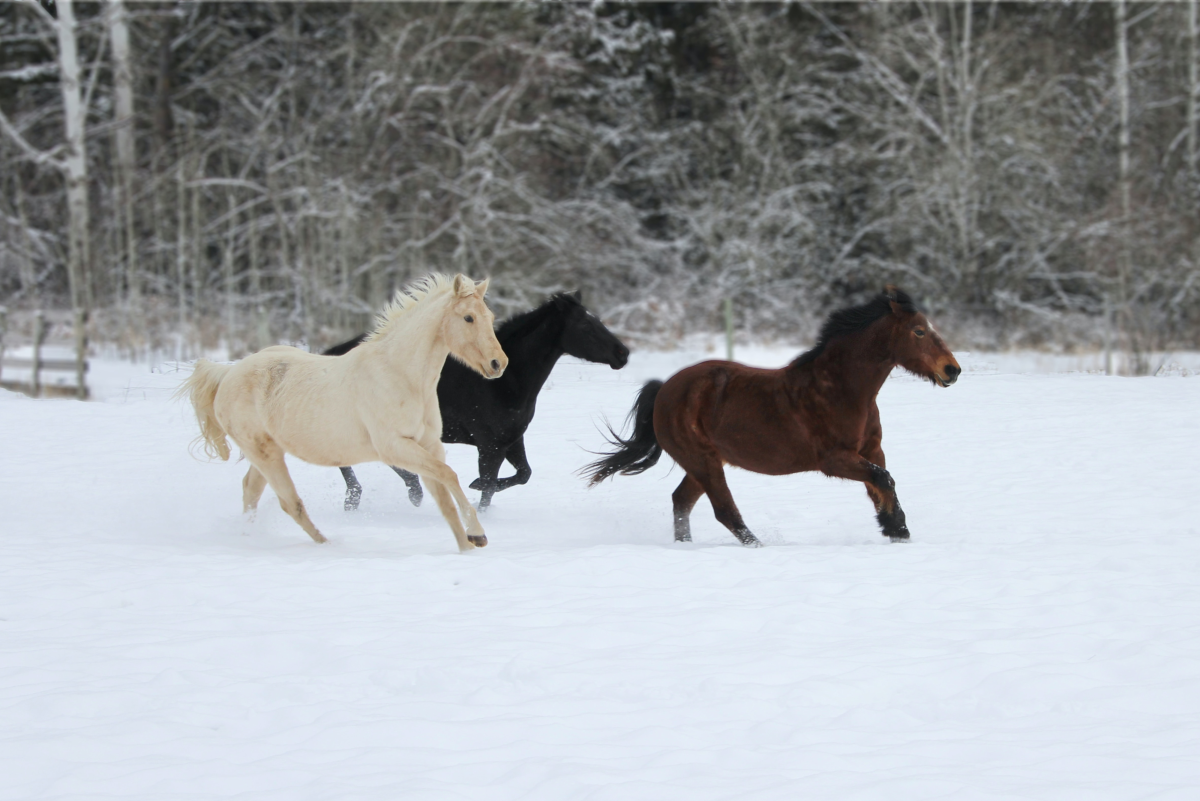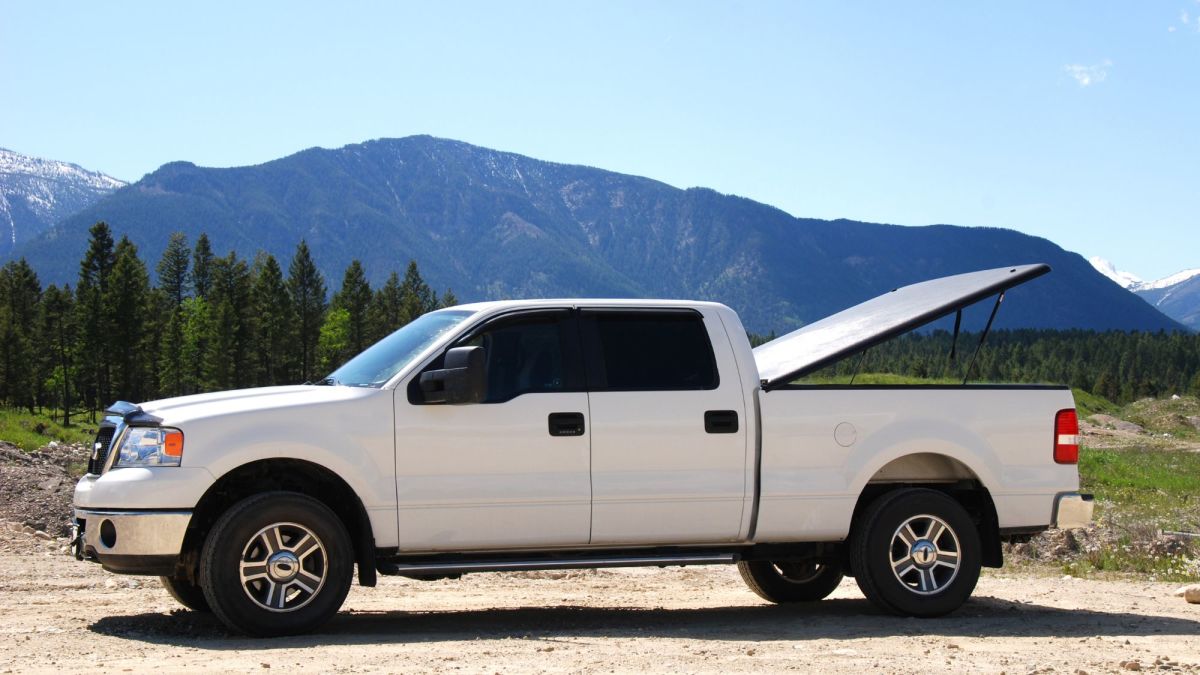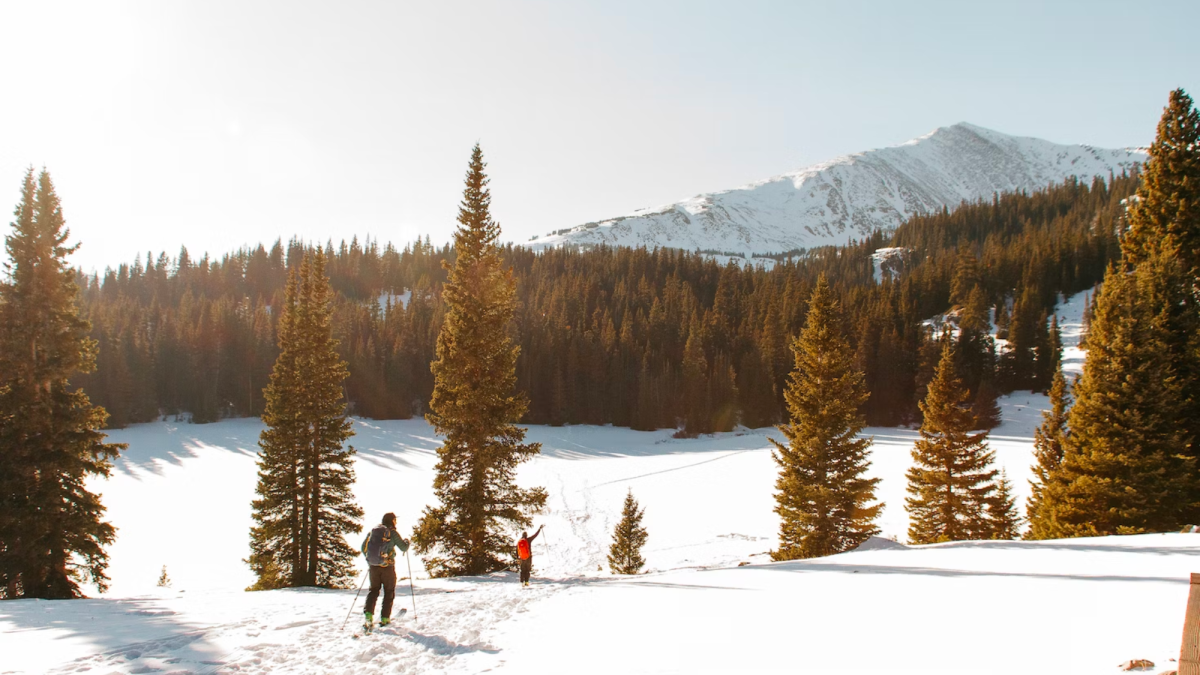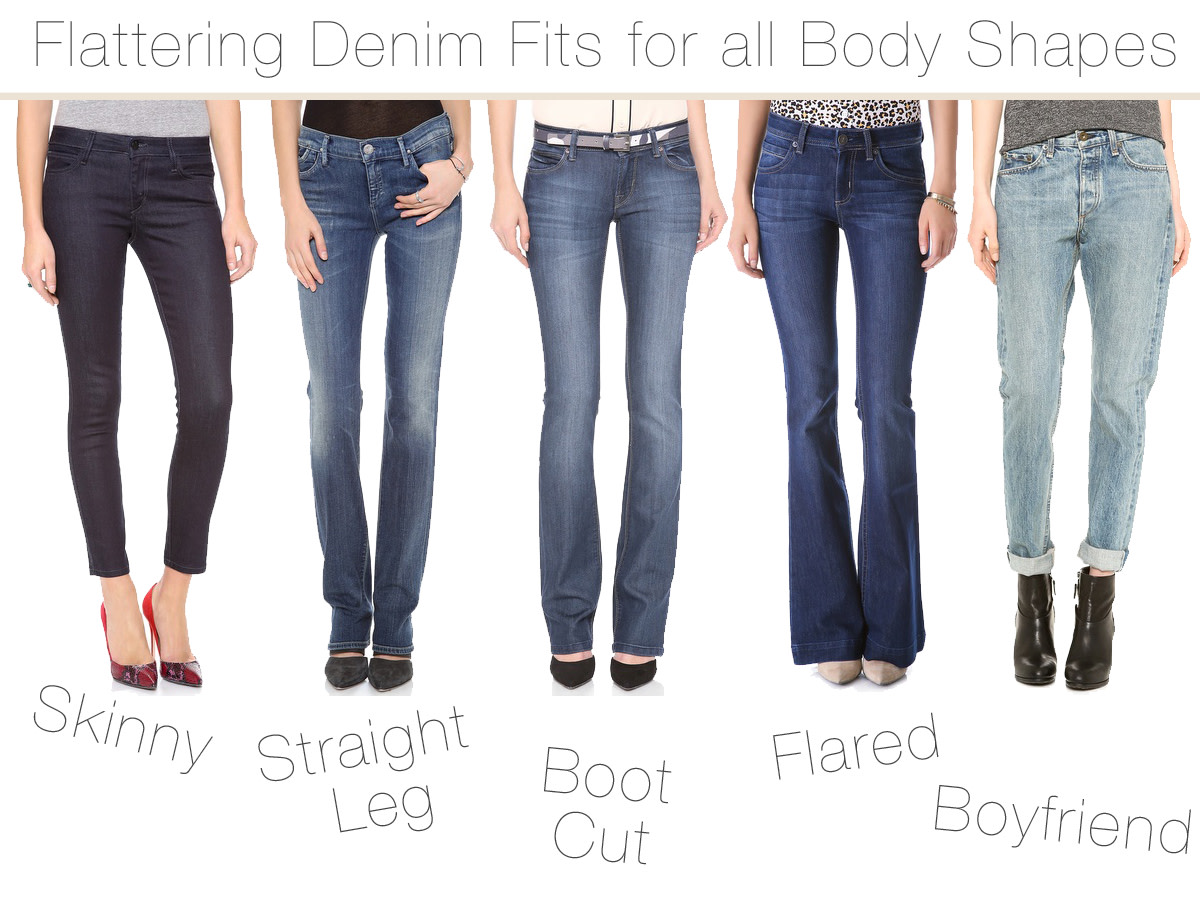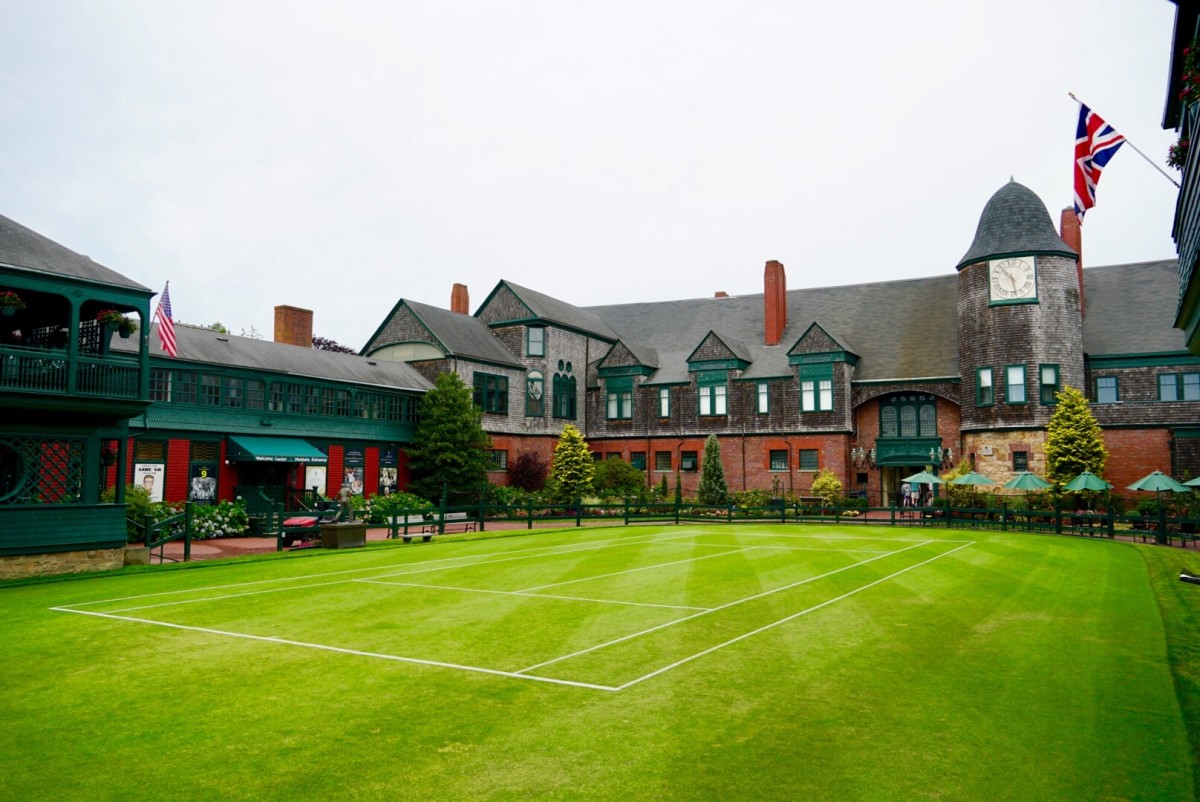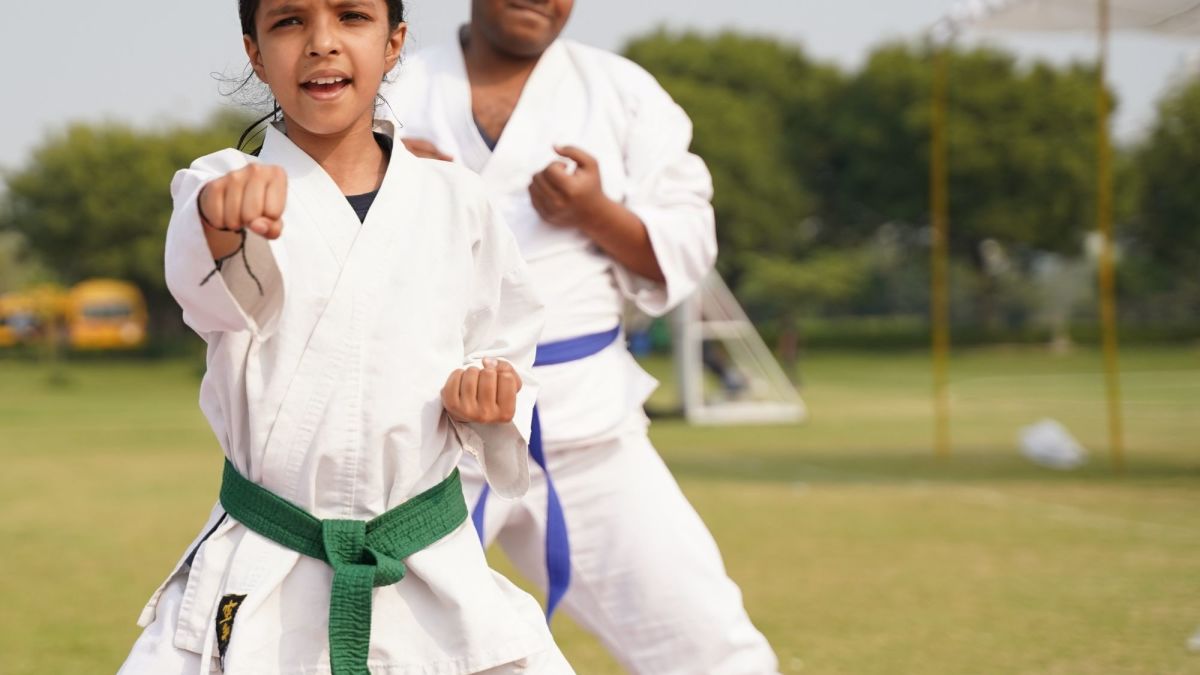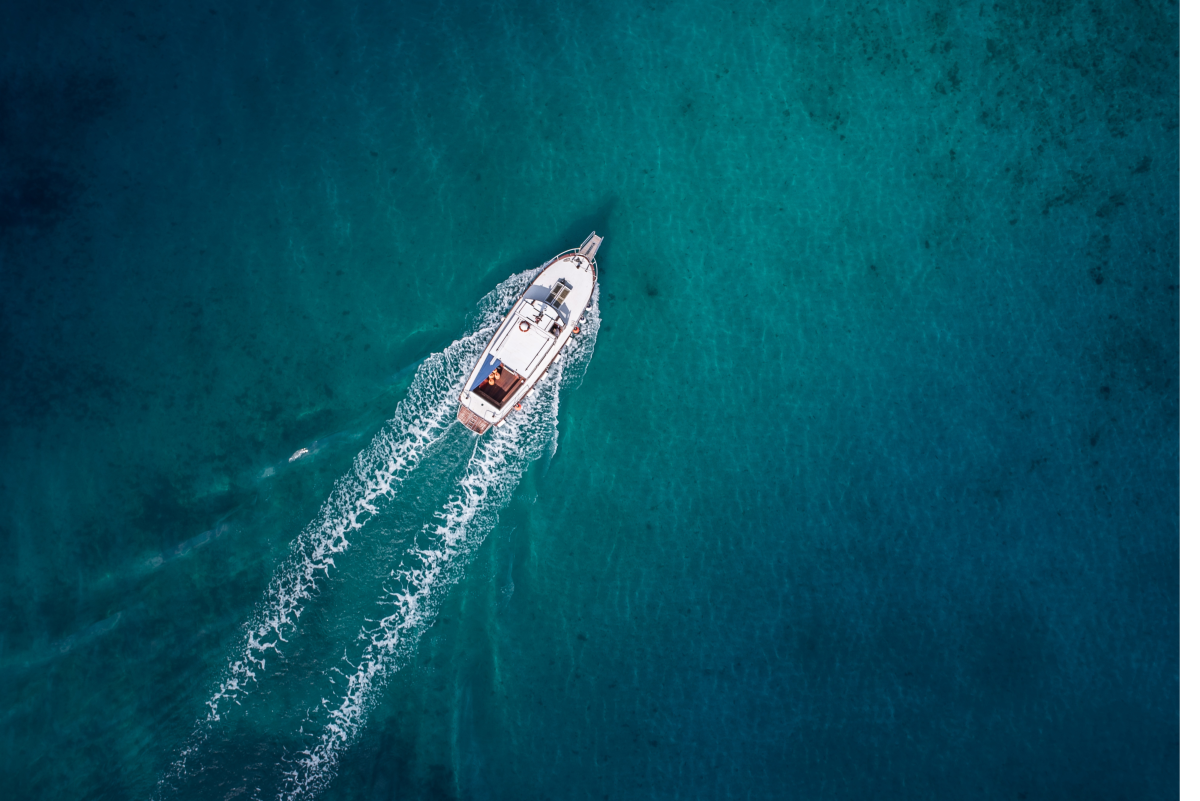Picking the Perfect Skis
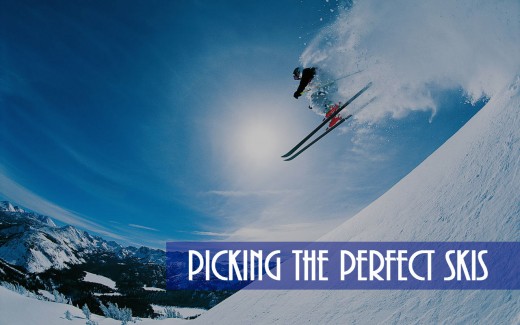
In today's market there are so many different skis. There are so many options to choose from. Skis come in different shapes, lengths, and specifications. Certain shapes of skis are better for downhill skiing, and other shapes are better for the terrain parks. If you are new to the ski market, then all this information can be overwhelming. You don't know what to look for or where to start. Today we will cover all the necessary information you need to find the perfect pair of skis.
Sizing
First, we need to determine which size ski you should get. The size of your ski is one of the most important parts when it comes to picking skis. Below I will have a chart so you can match your height to a ski length. If you are a beginner, you should stick to the shorter length ski in the range listed on the sizing chart. Shorter skis are much easier to control, but you don't have to worry about that as much when you become more experienced. If you are still growing, and you would like to keep the ski for a few years, then think about getting a ski in the upper range of your height or even go for a ski in the range the next size up.
Reasons to Get Longer Skis:
- You are skiing fast and aggressively.
- You weigh more than average for your height.
- You plan to do the majority of your skiing off the trail.
- You plan to ski a twin-tip ski.
Reasons to Get Shorter Skis:
- You are a beginner skier.
- You weigh less than average for your height.
- You like to make short, quick turns and rarely ski fast.
Skier Height (Feet)
| Skier Height (cm)
| Suggested Ski Lengths (cm)
|
|---|---|---|
4'4
| 132
| 115-130
|
4'6
| 137
| 125-140
|
4'8
| 142
| 130-145
|
4'10
| 147
| 135-150
|
5'
| 152
| 135-155
|
5'2
| 158
| 145-165
|
5'4
| 163
| 150-170
|
5'6
| 168
| 155-175
|
5'8
| 173
| 160-180
|
5'10
| 178
| 165-185
|
6'
| 183
| 170-190
|
6'2
| 188
| 175-195
|
6'4
| 193
| 180-200
|

Ability Level
As I mentioned earlier, you will want to choose a different sized ski based on your ability level. Ability level also influences other choices you make regarding the ski you pick. You also want to pay attention to the material the ski is made out of, the stiffness, and width of the ski. Different stiffness, widths, and materials are suited for different ability levels.
Beginner
| Intermediate
| Advanced
|
|---|---|---|
The typical qualities for a beginner ski are: softer flex, narrower widths, composite, foam or softer wood cores, and capped constructions. These qualities create a ski that is easy to turn and very forgiving if you do make a mistake. It also makes it much easier to initiate turns and stops
| The majority of people fall into this level. These skis are typically wider than beginner skis. They should have a stronger wood core and a sandwich sidewall construction.
| These skis are for the more aggressive and skilled skier. You will find higher quality materials such as Titanal, carbon, flax, or other materials meant to deliver better performance. Advanced skis are generally stiffer.
|
Ski Width
Ski width is measured at the tip, waist(middle), and tail. You will often see a three number measurement to show the sizes. The format is tip/waist/tail. The width is measured in millimeters, so an example would be 112/90/108. The tip would be 112 mm wide, the waist would be 90 mm wide, and the wail would be 108 mm wide.
The waist is often the narrowest point. A narrower waist makes it easier to initiate turns. You should look for a ski with a narrower waist if you are a beginner or would like to make quick turns. A wider waist on the other hand is better in powdery or choppy snow. It will help you maintain control and stay on top of the snow where it is powdery or thick.
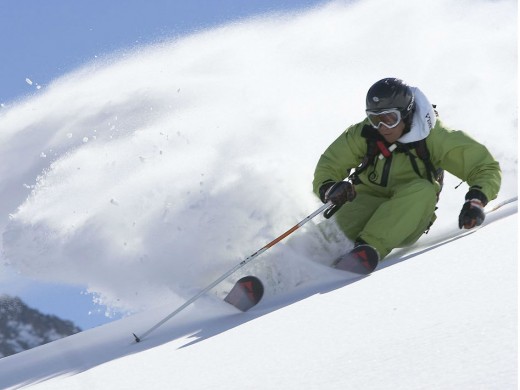
Carvers
Made specifically for smooth, tight turns. They have a narrow waist, and are used mostly on groomed trails.
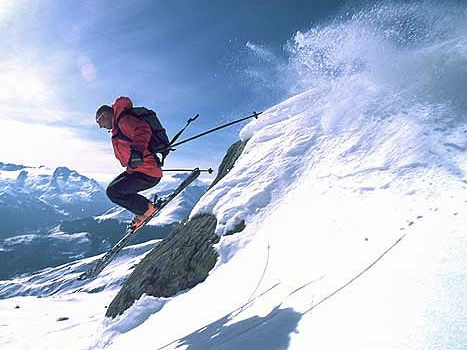
All Mountain Skis
These are the versatile skis. They are made for a variety of conditions. They will have a slightly wider waist.
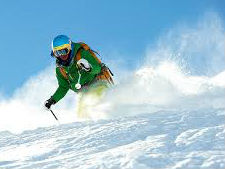
Fat Skis
Made specifically for powder or thicker snow. These have a much wider waist to keep you on top of the snow.
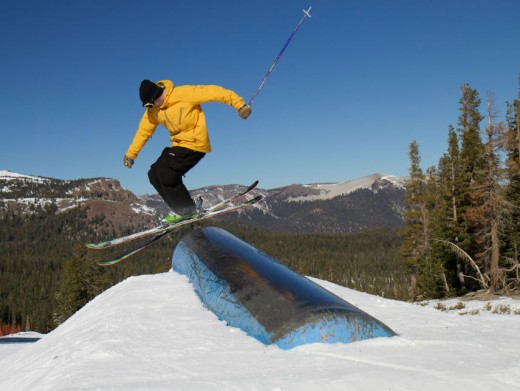
Twin Tips
These are made for the terrain parks and half pipes. They are curved in the front and back so it is easy to ski forwards or backwards.


